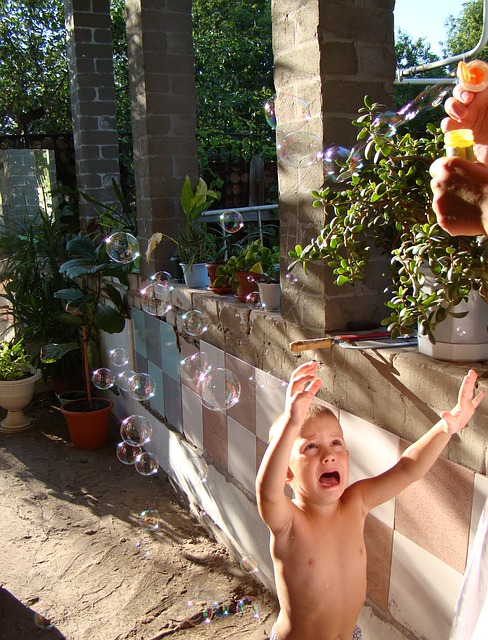Saying no to treating myself to that new watch or stopping my Amazon Prime… What a sad world!
Actually, no! There is a transition period, but…
Becoming a conscious consumer has made me happier, healthier, freer, and more present.

I treat myself well. I just have removed “stuff as a solution” from the equation.
So, if you are considering becoming a conscious consumer (ecological and social concerns), minimalist, or zero-waste... Have no fear! Here are some of the benefits you could enjoy.
NOTE: I am not striving to be nor I am perfect. Nor do I advocate for “perfection.” These are some of my reflections mid-journey. I leave out the ecological and humanitarian benefit, which is ++++ but less obviously touches our daily lives.
1. More disposable income and time
Duh, I suppose. Buying consciously often means buying less which means more money at your disposal. This can then be spent on experiences, food (yum) or big ticket items that mean more to you. Better yet, it can be saved so you can work less! My husband and I have our own company and we have been able to move down to four day work weeks, partly in thanks to our spending habits and…
2. Realization how little stuff you need to be happy
Sometimes I laugh at ads that try to convince me how their product will make me happier. It almost feels like a super power in this digital targeted-ad world to no longer feel the pull of consumerism. Though this perception shift does not come overnight, it is a gift in tough times:
Realizing you can be happier with “less” because you already have so much.
3. Super Sheila: Impervious against impulse buys
Cutting down on disposable plastic means you just breeze past half of the options in stores. I just do not consider it and now I do not even miss it.

4. Eat fresher and healthier
No disposable plastic and limited to no packaging EXTREMELY cuts down on impulse buys of junk-food and processed food and over-shopping. Minimal packaging often means fresher, so if you buy too much, it will spoil.
Also, I stopped going to places for takeout unless I can use my own containers, so that means no fast food. You will be surprised how many restaurants love it when you bring in your own containers.
5. Move your butt
I have to be more active with my new lifestyle. I have replaced delivery with takeout using my own Tupperware. We carry our own containers to the bulk store (detergent, dry goods, …) which for us is a little farther a way. We have a bit more laundry due to using cloth diapers and cloth towels instead of paper towels. It is a great way to bake in some exercise.
6. Enjoy the thrill of the hunt… or not!
There are whole categories of items and businesses I have cut out of my field of options when I shop. The result is that it is easier to just pick something and go, less decision paralysis. Also luckily for everyone, in the past couple years there is a great ecosystem out there of vetted social/eco good companies to patronize, so you do have more options but not too many.
In some cases, since I am buying with a long term vision (example: one coat for 10+ years) it may prolong the search to find that perfect item. But, when I do find it and I know it will last me a long time the gratification is 10x more than what I used to experience with retail therapy. And sometimes I even find.. that I did not need it after all, so do not even purchase! Pst… for those who love changing out their wardrobes there is still the possibility of clothing-swap events. Free, fun and social!
7. Get Creative! Scratch that innovation and crafting itch.
I have moved from thinking products are what I need to focusing more on solutions. This means I take the time when a new need arises to reflect.
Is it a product I need or can I solve this need another way?
Or better yet, thanks to upcycling and crafting, Can I make it? For example, I thought I needed an expensive breast-feeding pumping bra but ended up just adapting an old-bra to make one. I just put holes in it… lol.
8. Freedom!
I will not act like becoming a conscious consumer completely frees you, as it introduces a whole new parameter and existential dread that is not always easy to navigate (Hello, The Good Place). But I simplified the task by also reducing my consumerism. So now there are whole consumer holiday seasons and fads I just do not care about any more. No pressure to save or deal hunt for. Also, due to minimalizing my house it takes less time to clean… less things to maintain… less responsibility… more space to move all around. *does apartment snow angels*

9. Free your relationships up
Making the shift towards requesting and giving no gifts and prioritizing just time together, has been a big relief. Instead of scouring for the PERFECT gift that the person may or may not even want… Honestly, even if they ask for it it just may gather dust… I am moving towards instead spending time with and treating the other person. Could be as simple as just a dinner out together. Win-Win: memories on all sides!
10. Open up to your community
I am bonding and finding new friends as we share our tips and mobilize for a better future. I also am getting to know my local restaurants and vendors. I feel even more connected and invested in my neighborhood. It is getting easier and easier to maintain this life-style thanks to our collective efforts.
Finally… Treat yourself!
Most importantly, being minimalist, a conscious consumer, or zero-waste does NOT mean “depriving” yourself. It means just shifting to realign with priorities that were probably there all along. In fact, it often means more resources to treat yourself with, just in a different way. Whether it be a night out at the theater or that jar of really delicious organic macadamia butter….. mmmmm…….. or some extra time-off even if unpaid.
In fact, DO NOT go cold turkey. Much like a diet, it will not stick if you are too tough right away. Ease into it! It takes time to adapt to a new lifestyle and to see the benefits. We need billions of people doing this semi-well and not thousands perfectly.
Here is a nice website to give you some ideas of first steps you can take.
Did I miss anything in my list? Let me know in a comment!













